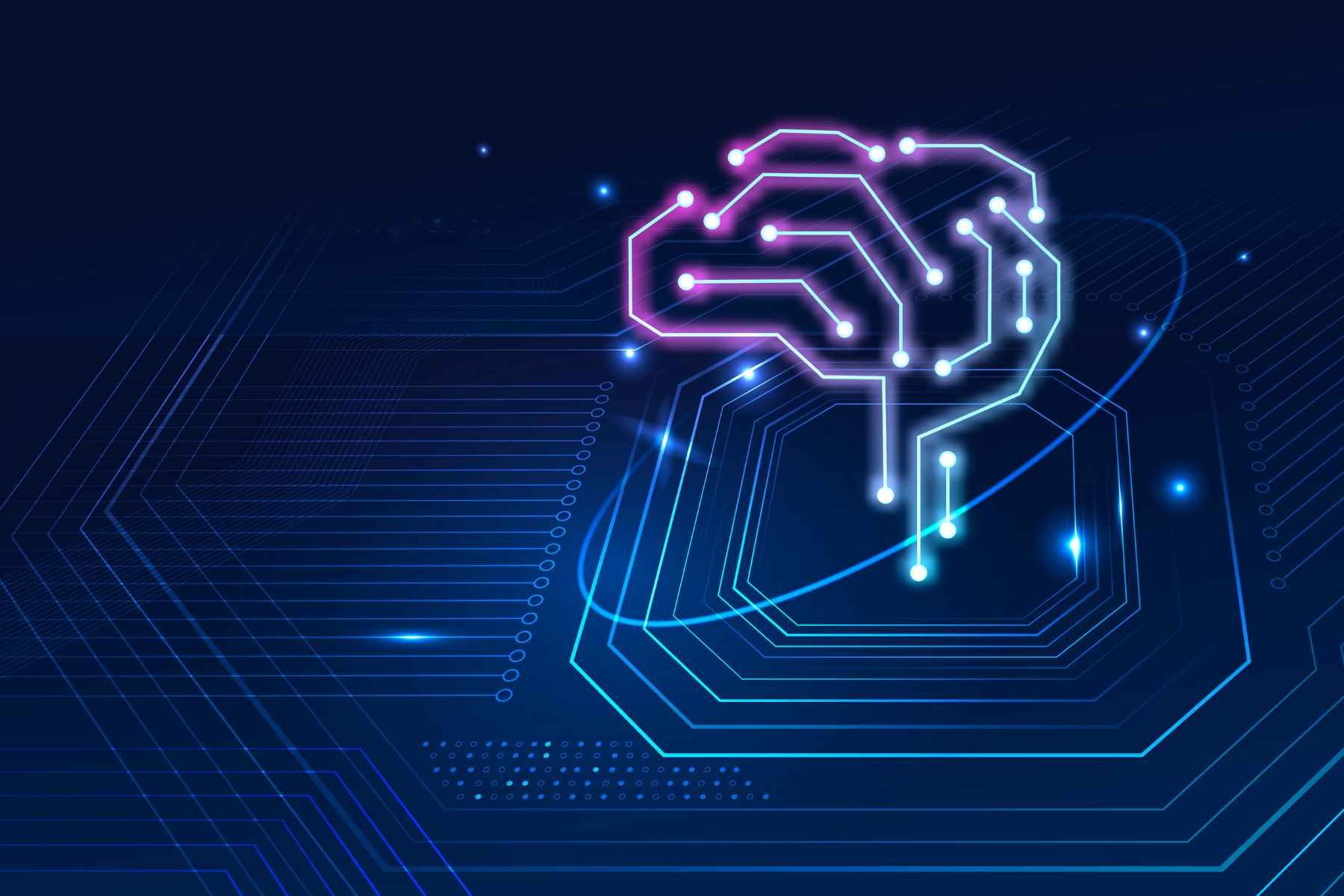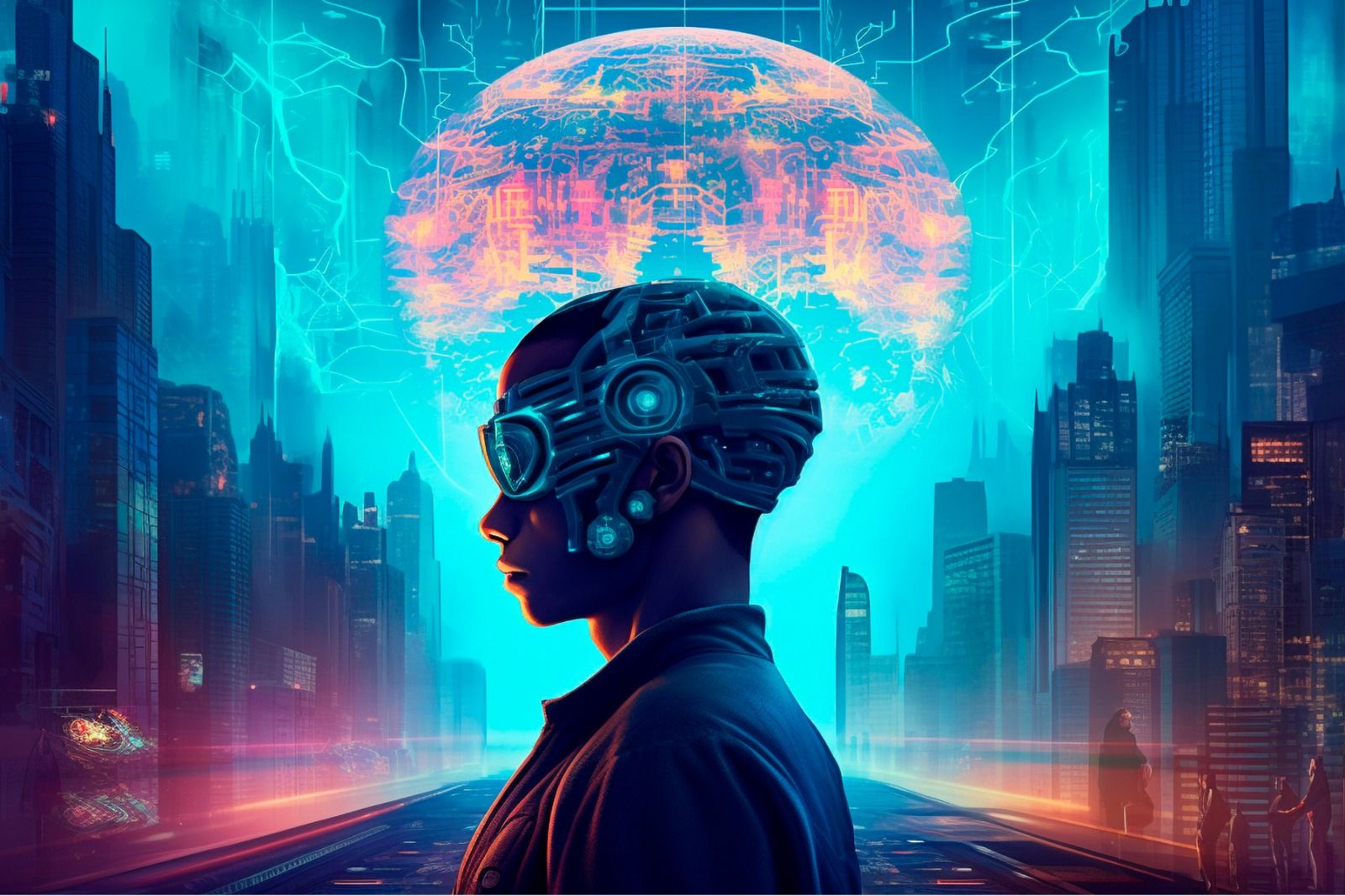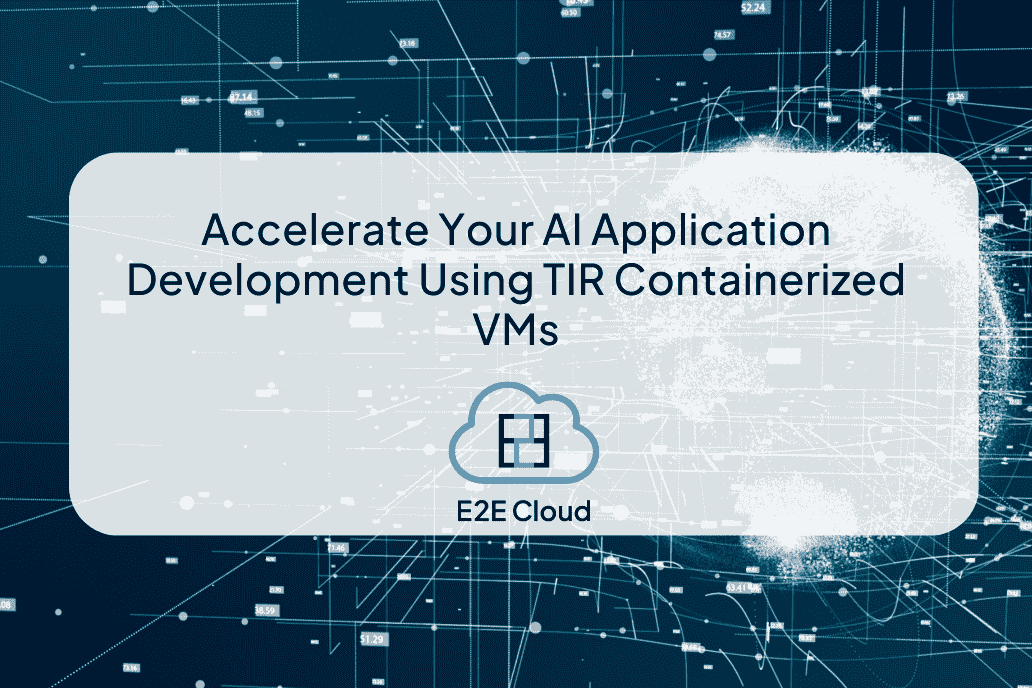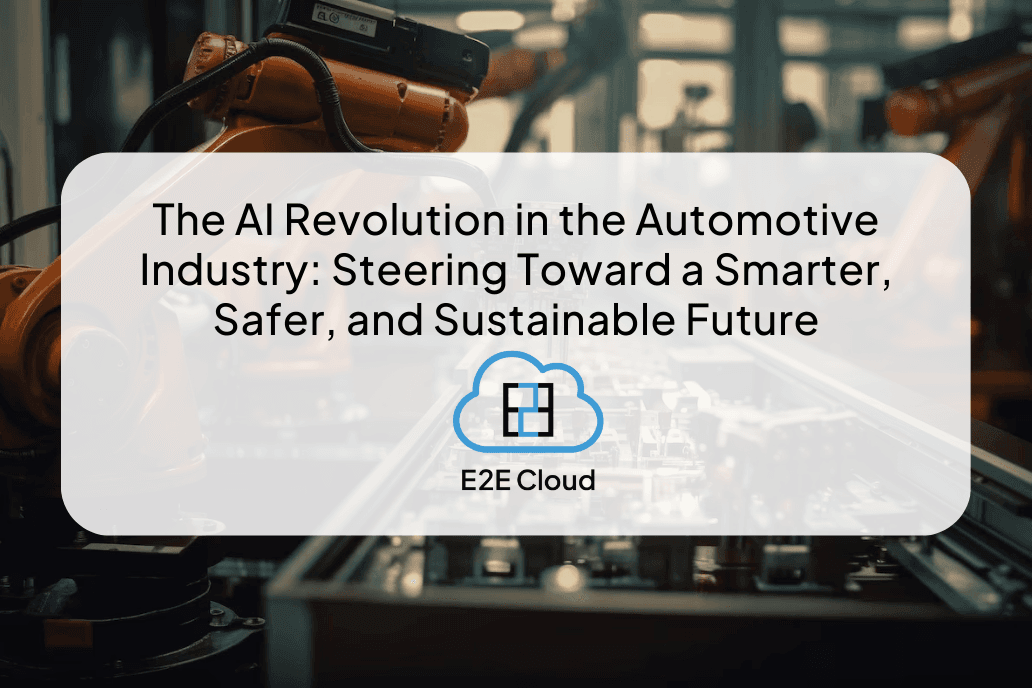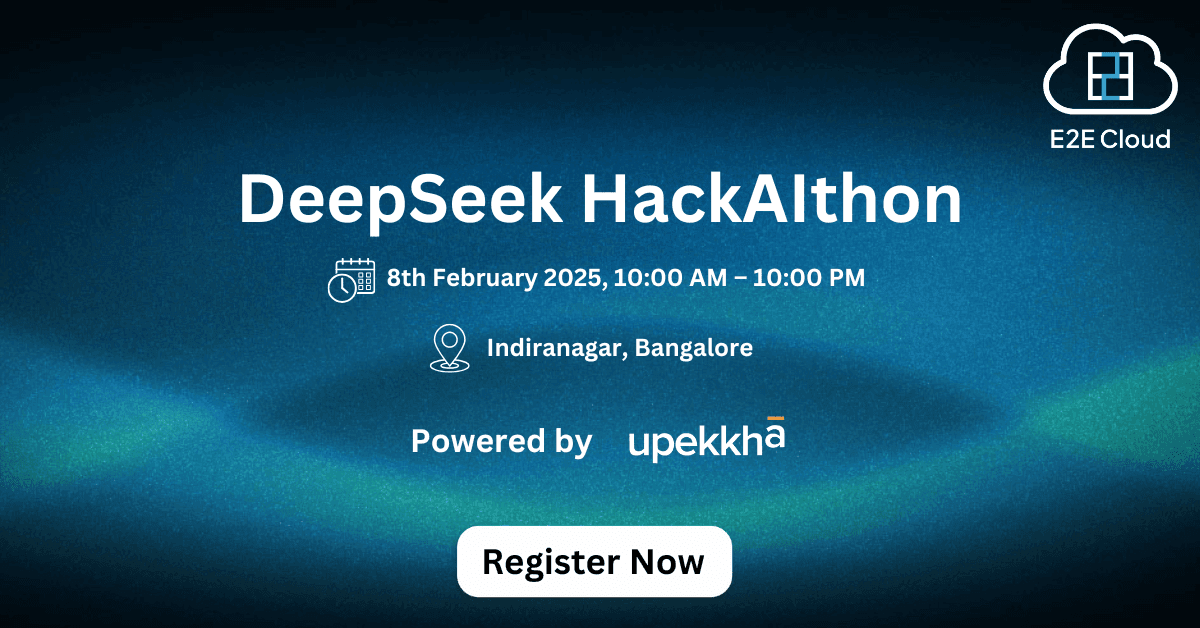E2E Networks Limited is a pure-play SSD Cloud player in India that is growing at a rapid rate. E2E Networks is the 6th largest Indian IAAS platform. E2E Networks High-Performance cloud platform can be accessed via a self-service portal. Users can manage and monitor Linux, GPU Cloud Machines, and Windows with high-performance CPU or Smart Dedicated Compute featuring dedicated CPU cores or large memory (RAM). E2E Networks Limited is developed by a dedicated team of engineers and professionals to provide users with products like CPU Intensive Cloud, High Memory Cloud, Linux Smart Dedicated, Linux Cloud, Windows Cloud, Windows SQL Cloud, Plesk Windows Cloud, GPU Smart Dedicated, Cloud Load Balancers, and Public cloud Backup.
E2E Networks is popularly used for its various unique features and characteristics, making it very user-friendly and favored. The reasons for its popularity are:
- E2E Networks is built for high performance
E2E Cloud is very fluent in delivering high performance for both mobile as well as web server-side applications. This computer platform uses high-frequency CPU cores majorly. They are usually 2.8 GigaHertz or higher with latest generations of Intel Xeon or AMD EPYC CPUs. It is extremely easy to use and is gaining popularity amongst its users.
- E2E supports one-click deployments
E2E Cloud has Open Source and Control Panel software pre-installed on Virtual Machine images. The bundles commonly used are well tested, saving hours of expensive developer time to achieve deployment outcomes. For NGC containers, E2E Cloud GPUs have super simple one-click support. It easily deploys NVIDIA certified solutions for Data Science workloads and AI/ML/NLP/Computer Vision.
- Latest updates on features
E2E Networks is constantly growing and updating its features so that users can work on cloud workloads on the E2E Cloud Platform. E2E Networks is also very responsive to feature update requests. Customers can demand microservices and other features from the cloud platform. This makes E2E Networks very user-friendly and tech-savvy hence its usage is increasing among customers.
- Affordable
Customers to E2E Cloud save more cost than customers using other cloud platforms.
The billing facilities of E2E Networks are flexible and are INR denominated. This ensures that foreign currency movement does not impact the monthly billing cycles of customers. Customers can expect a satisfactory service with proper billing features that enable them to use this cloud platform hassle-free.
- A brand trusted by popular clients
E2E Networks is a popular cloud platform trusted by more than 10,000 clients. Some of the clientele includes popular brands like Zomato, Zoomcar, CARS24, CarDekho, Jabong, Mindler, Zenatix, Covascis, PrettySecrets, Tapzo, iimjobs, InstantPay, and EduPristine; it also includes esteemed institutions, such as IIIT Bangalore, IIT Madras, and Manipal University. A client’s trust in a brand is sacred, and E2E Networks upholds their reputation.
- Features on Linux Cloud and Windows Cloud
E2E Networks allows the user to run intensive workloads with confidence across various industry verticals with high performance. You can run memory-intensive applications with ease. Services are highly reliable and inexpensive for users. Experience zero noisy neighbour problem and bare-metal performance on the E2E Cloud Platform. For Windows Cloud, users can run workloads on powerful and reliable Windows servers. Users can run their database workloads with MS SQL pre-installed cloud servers with one click. Through Plesk, Innovative Control Panel, run critical .NET operations on Windows Cloud servers.
- Storage cloud availability
E2E Networks provide E2E cloud storage, also known as EOS. It is an SSD-based S3 compatible object storage service. It is designed to work with demanding workloads that involve Machine Learning and Deep Learning. E2E Networks provides Block Storage, popularly known as EBS, for use as block-level storage volumes in computer nodes. Attached to computing nodes, these volumes make data and file systems available for the computing nodes. E2E Networks also provides its own unique CDP Backup service that backups the user’s VM or Cloud instance data continuously and incrementally on the E2E cloud. It allows the user to fall back to backup recovery points as the situation demands. The user has the option to auto-scale their applications through the prerequisite of saved images.
- Reliable and user-friendly cloud solutions
Well-managed Cloud Load Balancer appliances focus more on the user’s applications and make working with the E2E Cloud Platform extremely hassle-free. E2E Networks provides the user with a global content delivery network called E2E CDN. It distributes content to web pages with security and reliability and creates enhanced experiences for the customer due to their minimum latency. The user can truly experience the database service and create, operate and manage their databases efficiently. The user can programmatically manage nodes and resources with the E2E API solution. Reserving and assigning new IP addresses for later use is also a feature of the E2E Cloud Platform along with the E2E DNS Manager.
Conclusion
With all of the above-mentioned benefits, E2E network will be a great choice for your next production workload. You can visit E2E Networks for affordable schemes and exclusive offers. E2E network can provide user-friendly cloud-based solutions with optimal security.
Signup here for more details: https://bit.ly/3mFerJn

